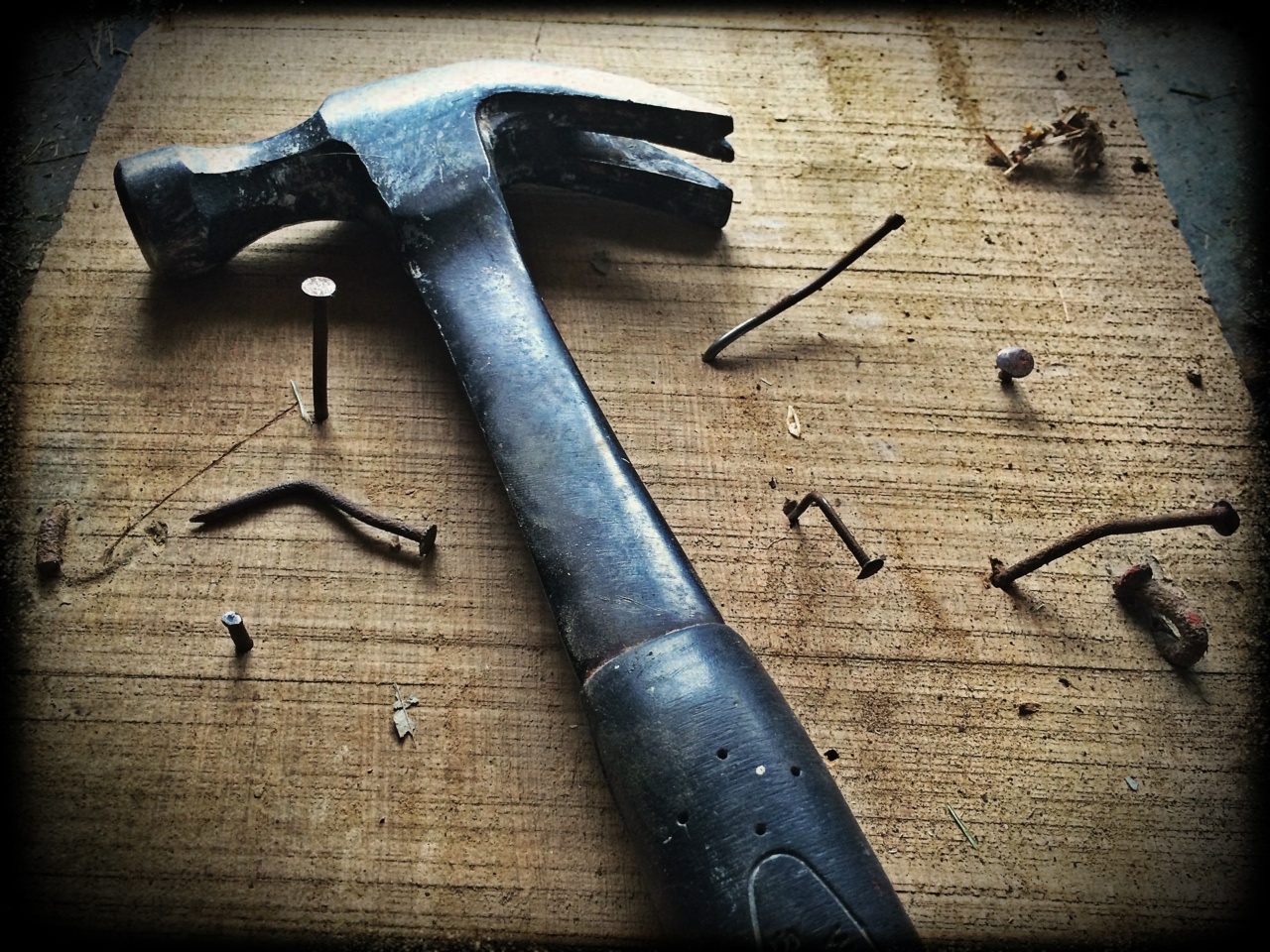Breaking a tooth can be a painful and uncomfortable experience. It can affect your ability to eat, speak, and even smile. While it might seem like a major problem, there are several ways to repair a broken tooth.
This article will discuss some of the different ways you can repair a broken tooth and the steps you can take to prevent future damage.
What Causes a Broken Tooth?
A broken tooth can occur for several reasons, including:.
- Accidents or trauma to the face
- Chewing on hard or tough objects
- Cavities that weaken the tooth
- Large fillings that weakens the tooth structure
Types of Broken Teeth
Before we discuss the different ways to repair a broken tooth, it’s essential to know the different types of broken teeth. Here are some of the different types of broken teeth:.
- Craze lines: These are tiny cracks on the enamel and rarely require treatment.
- Chips: These are small pieces of the tooth that break off, and treatment depends on the severity of the chip.
- Fractures: This is when a tooth has a structural break and can extend into the tooth’s root. This requires immediate treatment.
- Bruised tooth: This is when trauma causes the tooth to shift within its socket, and the tooth has not broken; it needs to be monitored.
- Split tooth: This is when a tooth splits into two distinct segments and requires immediate dental attention.
Repairing a Broken Tooth
The treatment options for a broken tooth depend on the severity of the break. Here are some of the different ways to repair a broken tooth:.
Dental Bonding
Dental bonding is a cosmetic dental treatment that involves applying a tooth-colored resin to the surface of the damaged tooth. The dentist will shape and polish the bonding material to match the rest of your tooth, making it look as good as new.
This treatment is suitable for small chips or cracks, but it isn’t as durable as other treatments and may require frequent maintenance.
Crown
A dental crown is a cap that covers the tooth’s surface, restoring its shape and function. The crown is custom-made to match the color and shape of your teeth, making it look natural.
This treatment is suitable for more severe breaks or if there’s a risk of further damage to the tooth.
Veneers
A veneer is a thin, custom-made shell that’s placed over the front of your tooth to improve its appearance. If you have a small chip or crack on one of your front teeth, a veneer may be the best option to restore its appearance.
Veneers are durable and can last up to ten years with proper care.
Root Canal
If the tooth’s pulp is exposed due to severe damage or injury, a root canal may be required. During this treatment, the dentist will remove the damaged pulp, clean the inside of the tooth, and seal it with a filling or crown.
A root canal is typically required if the nerve endings are affected or if the patient experiences significant pain.
Tooth Extraction
If the tooth is severely damaged or broken, it may need to be extracted. This treatment is typically a last resort and only used if the tooth can’t be saved with other treatments.
The dentist may recommend a dental implant or bridge to replace the missing tooth.
How to Prevent Broken Teeth
To prevent broken teeth, you should take the necessary precautions to protect your teeth. Here are some tips to help prevent broken teeth:.
- Wear a mouthguard during physical activities or sports.
- Don’t use your teeth to open bottles or packages.
- Avoid chewing on hard objects such as ice, hard candy, popcorn kernels, and pens.
- Practice good oral hygiene, including regular brushing and flossing, to prevent cavities.
- Visit your dentist regularly for checkups and cleanings. This way, they can detect and treat any dental issues before they become severe.
Conclusion
A broken tooth can be a painful and uncomfortable experience, but it’s essential to get it treated promptly to prevent further damage. The treatment options for a broken tooth vary depending on the severity of the break.
It’s important to take the necessary precautions to prevent broken teeth, including wearing a mouthguard during physical activities, practicing good oral hygiene, and avoiding chewing on hard objects. By following these tips, you can help keep your teeth healthy and strong for years to come.






























